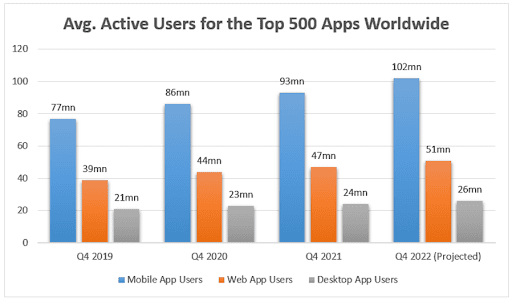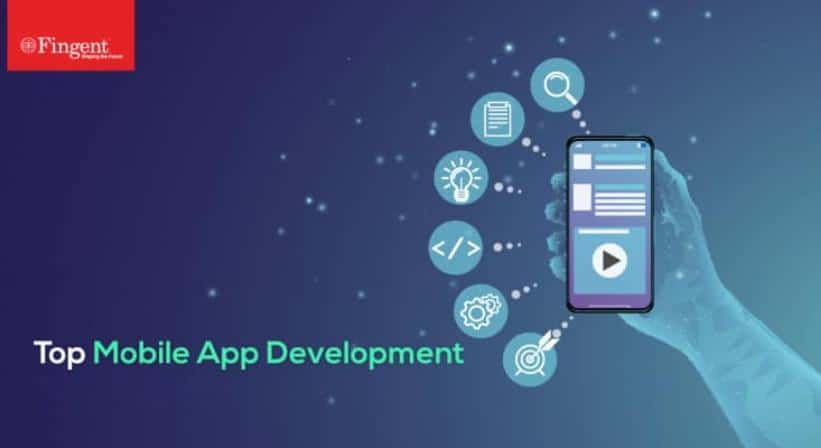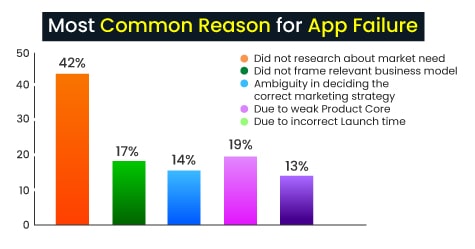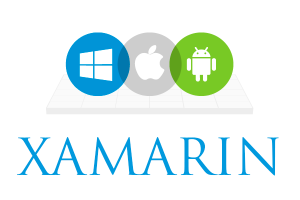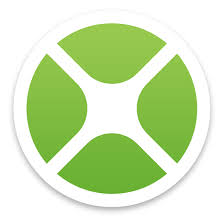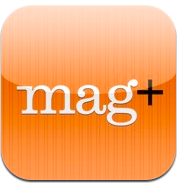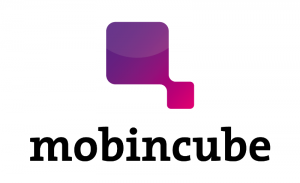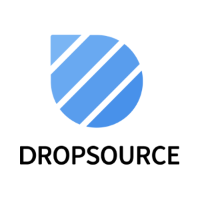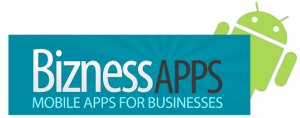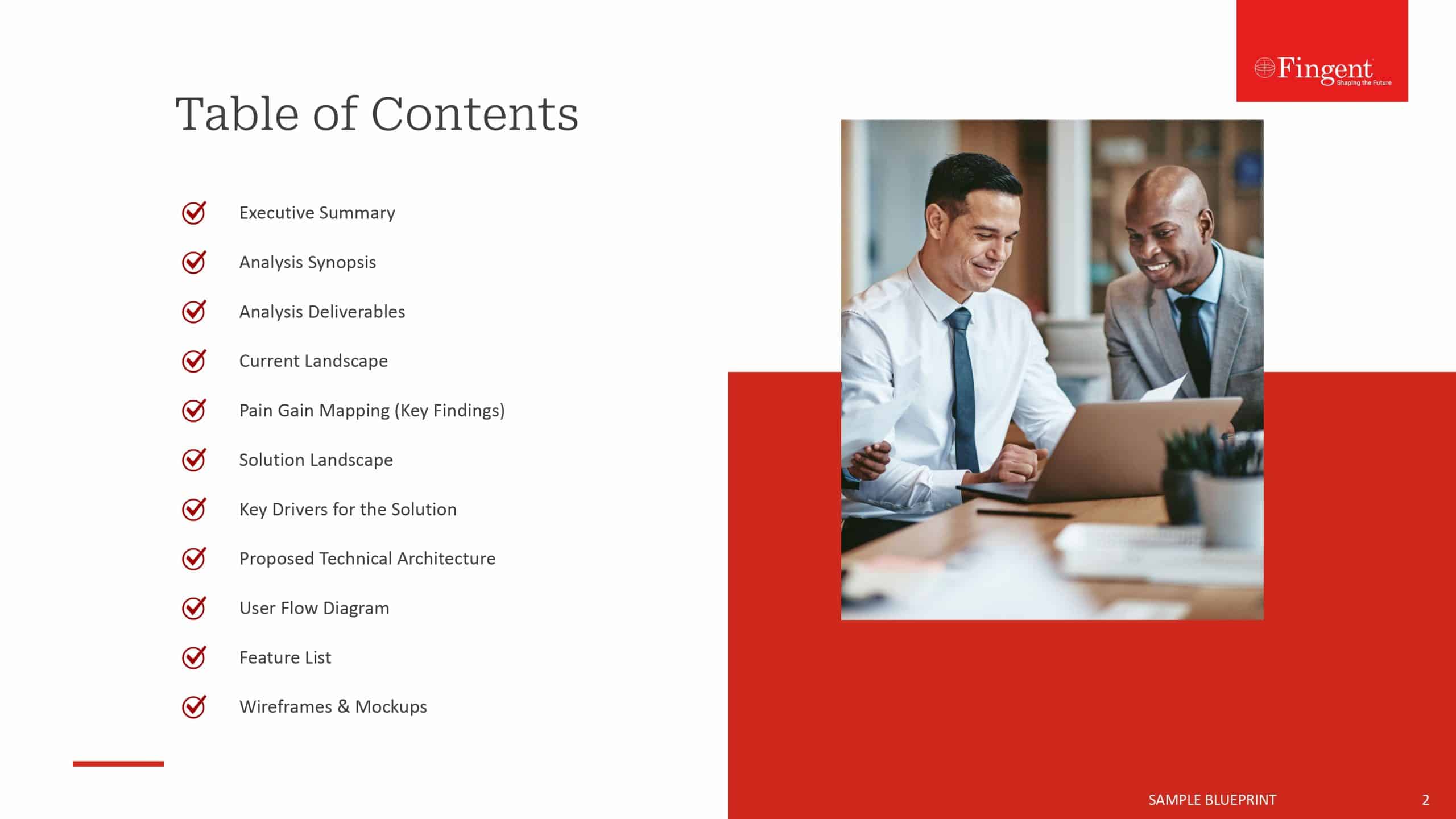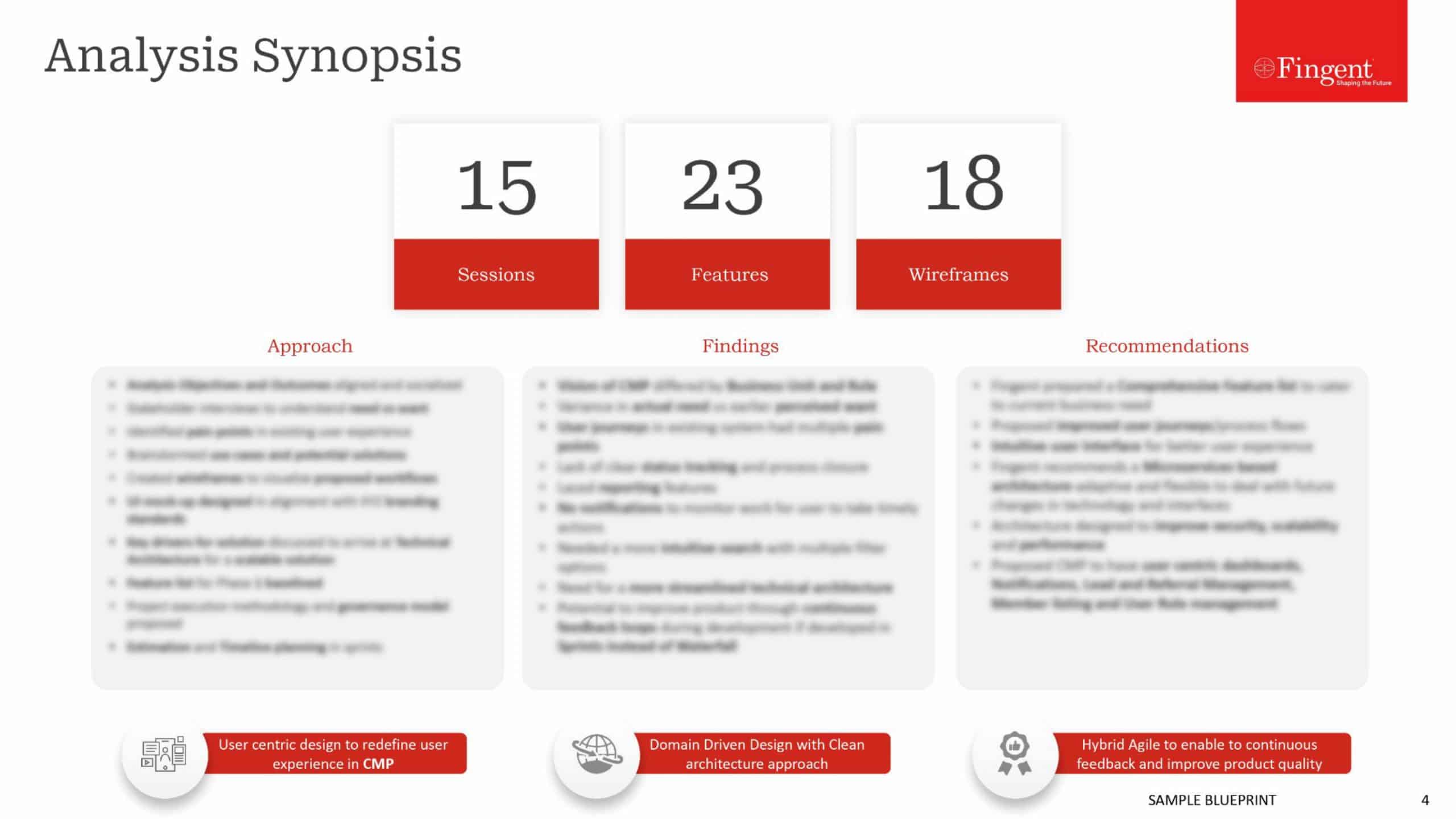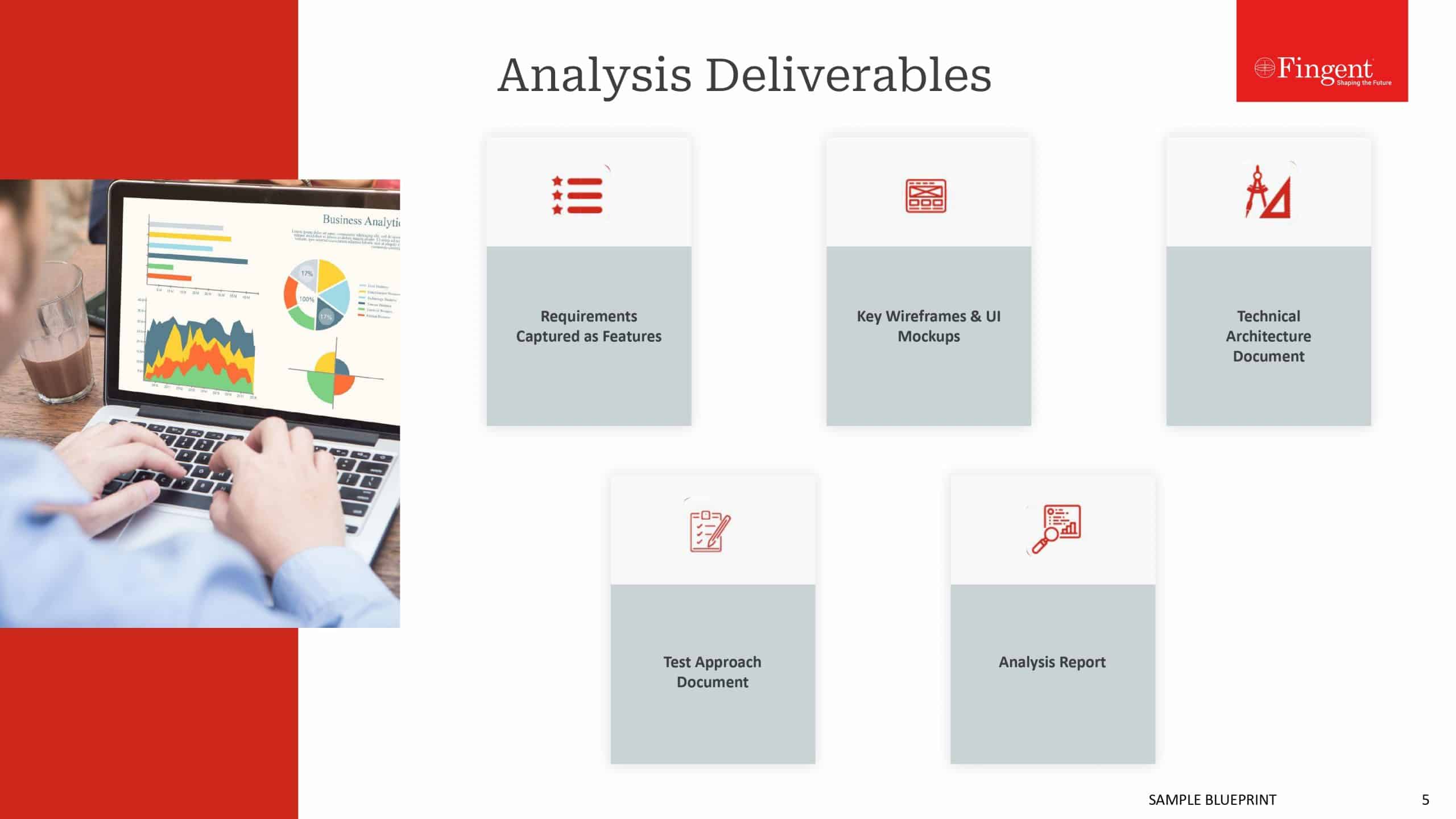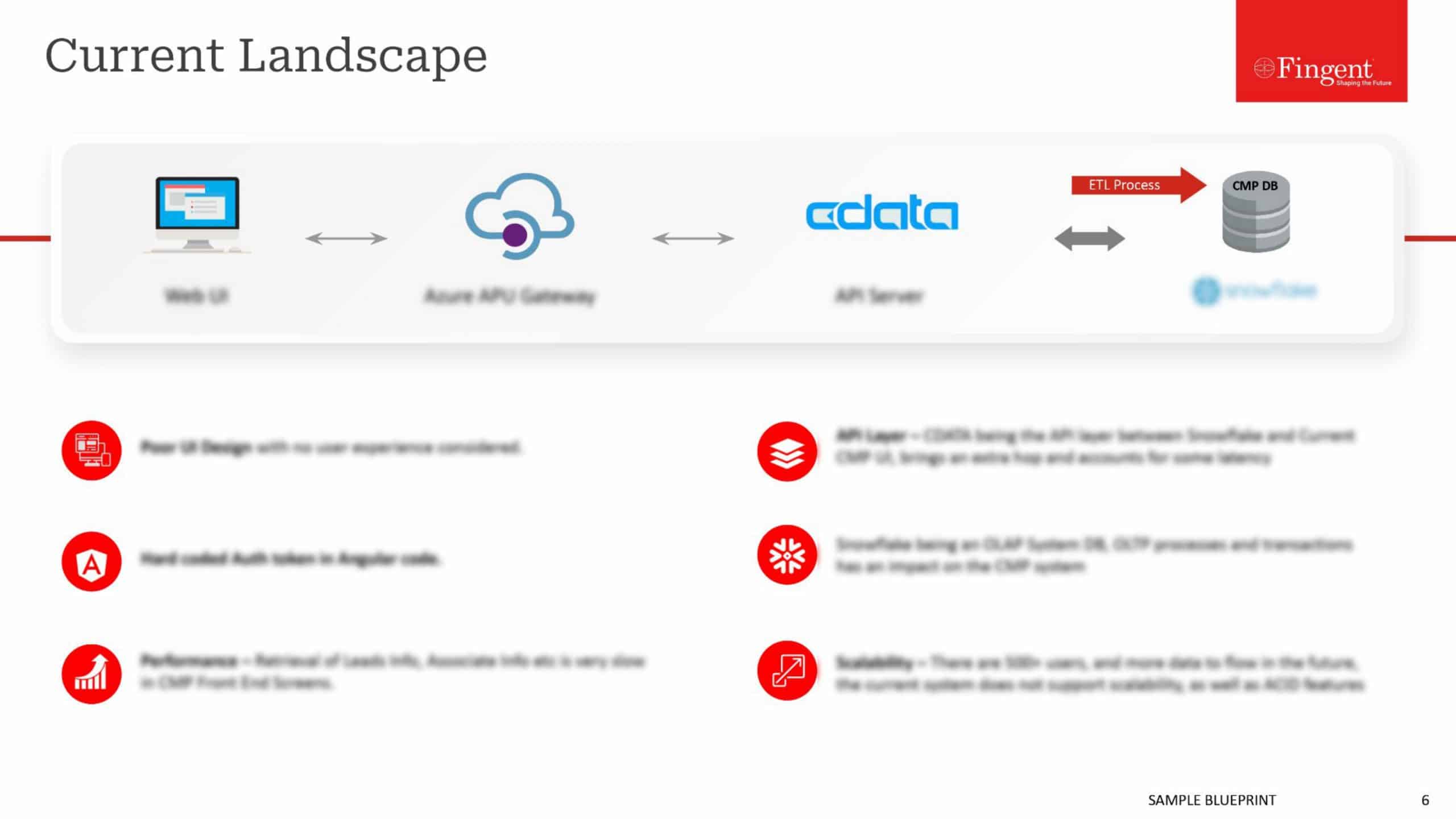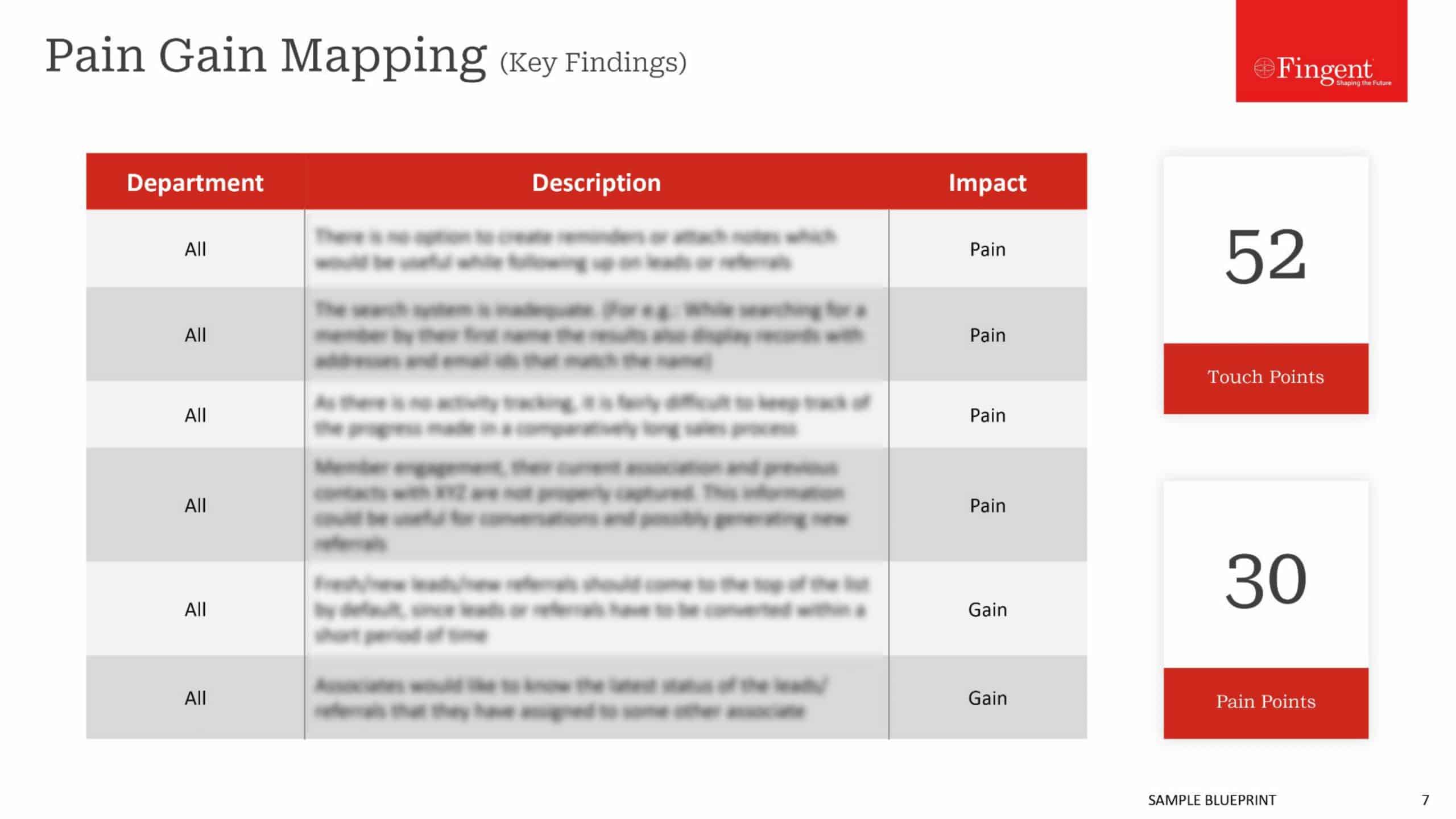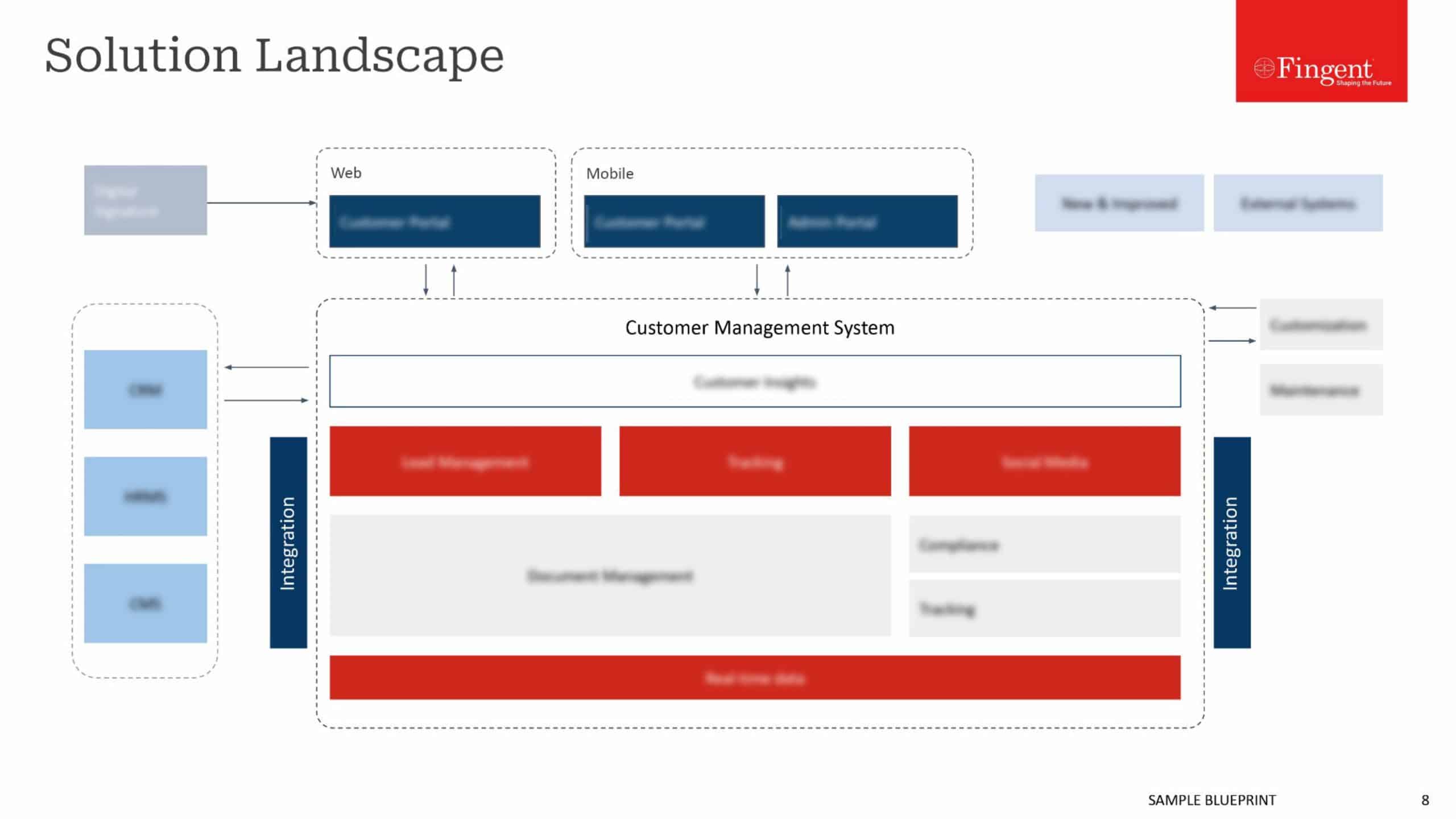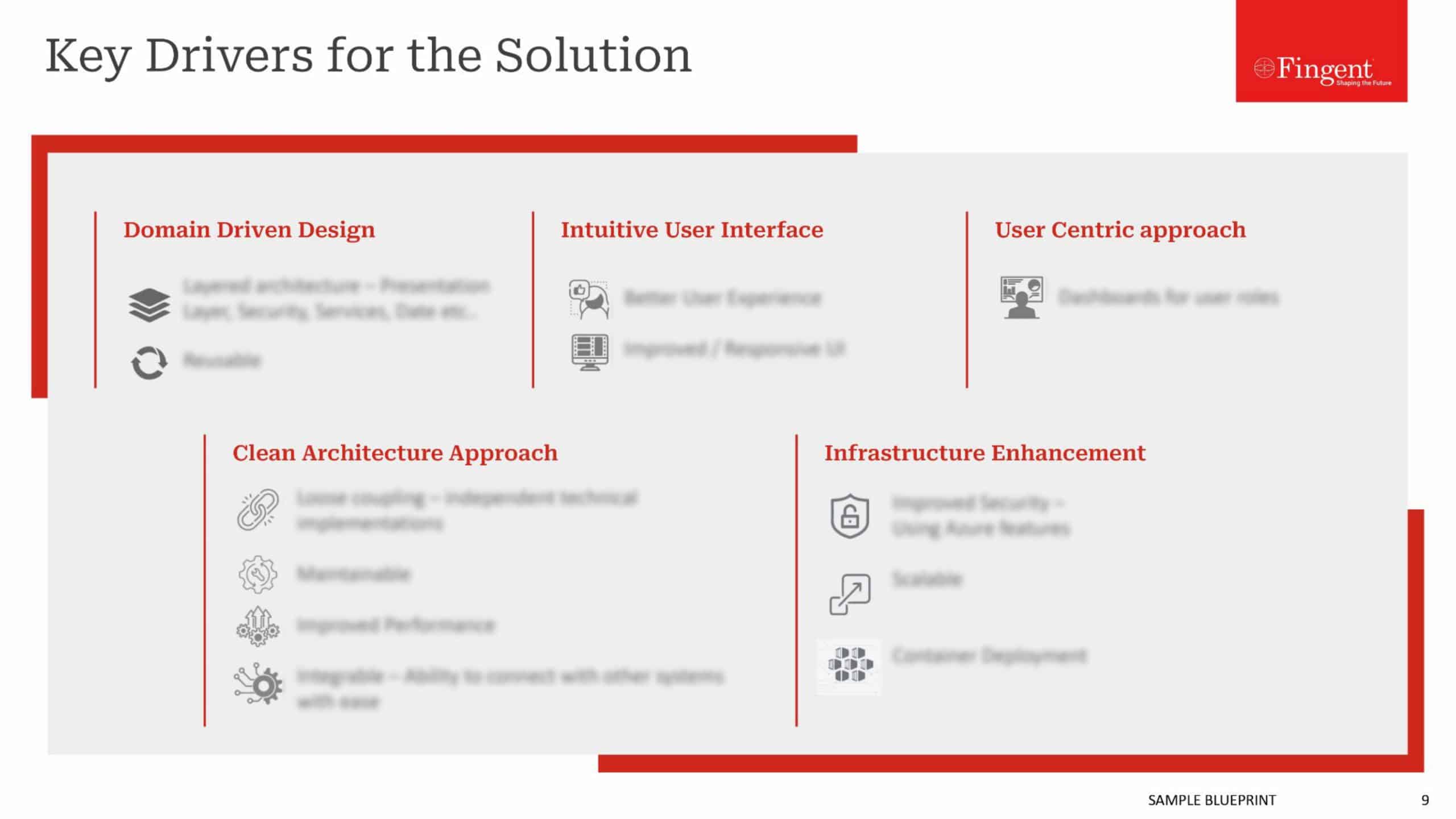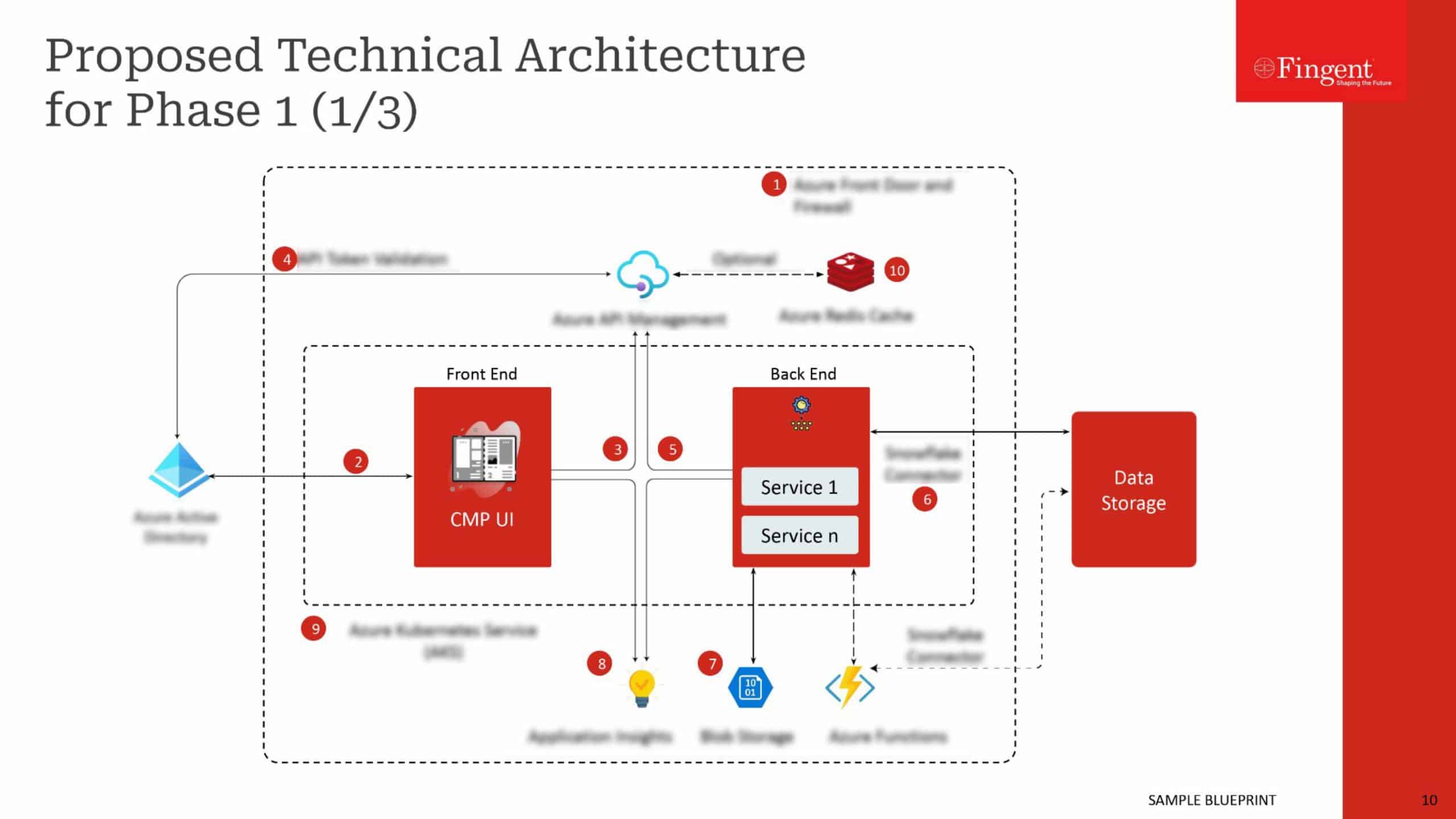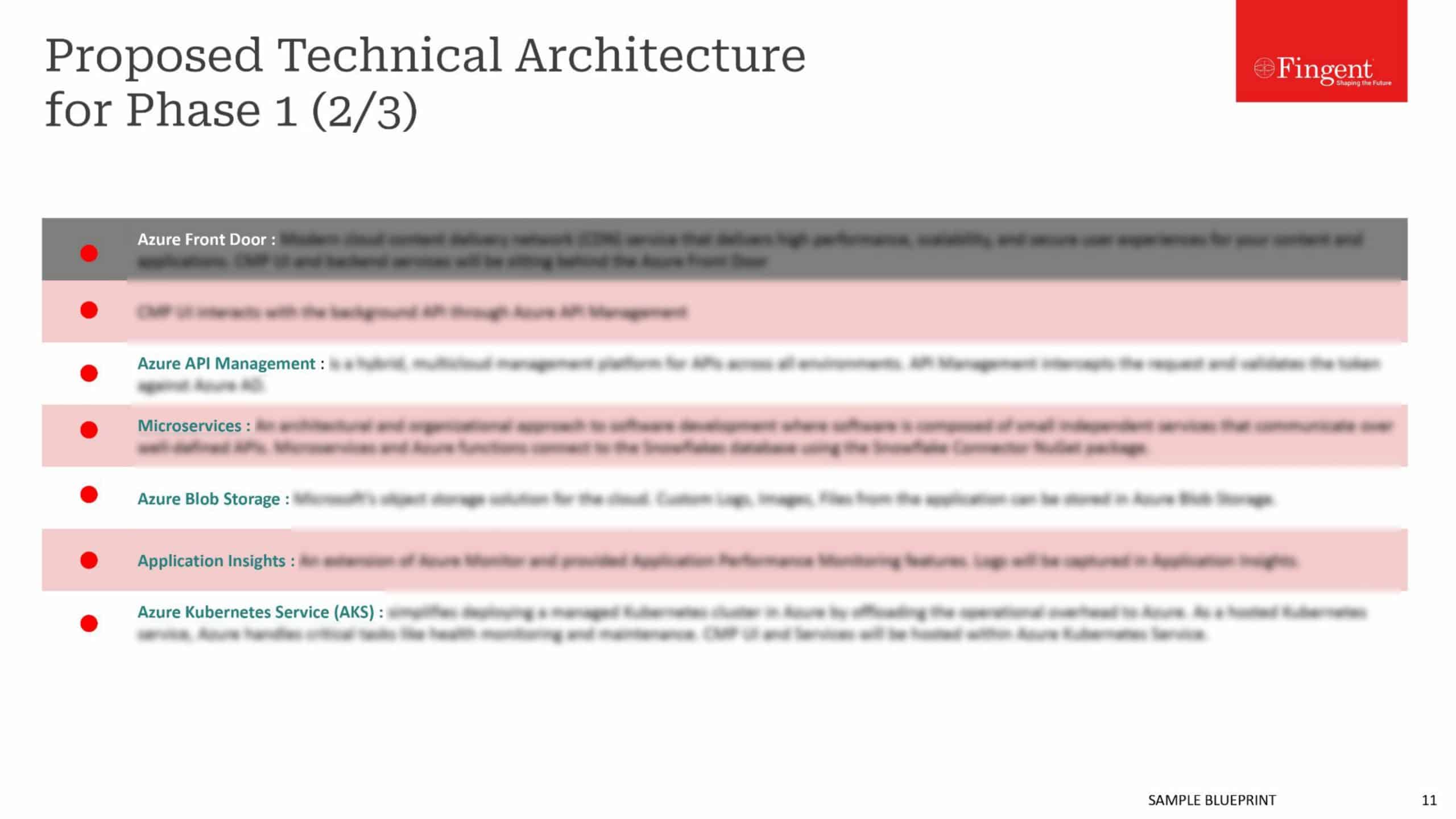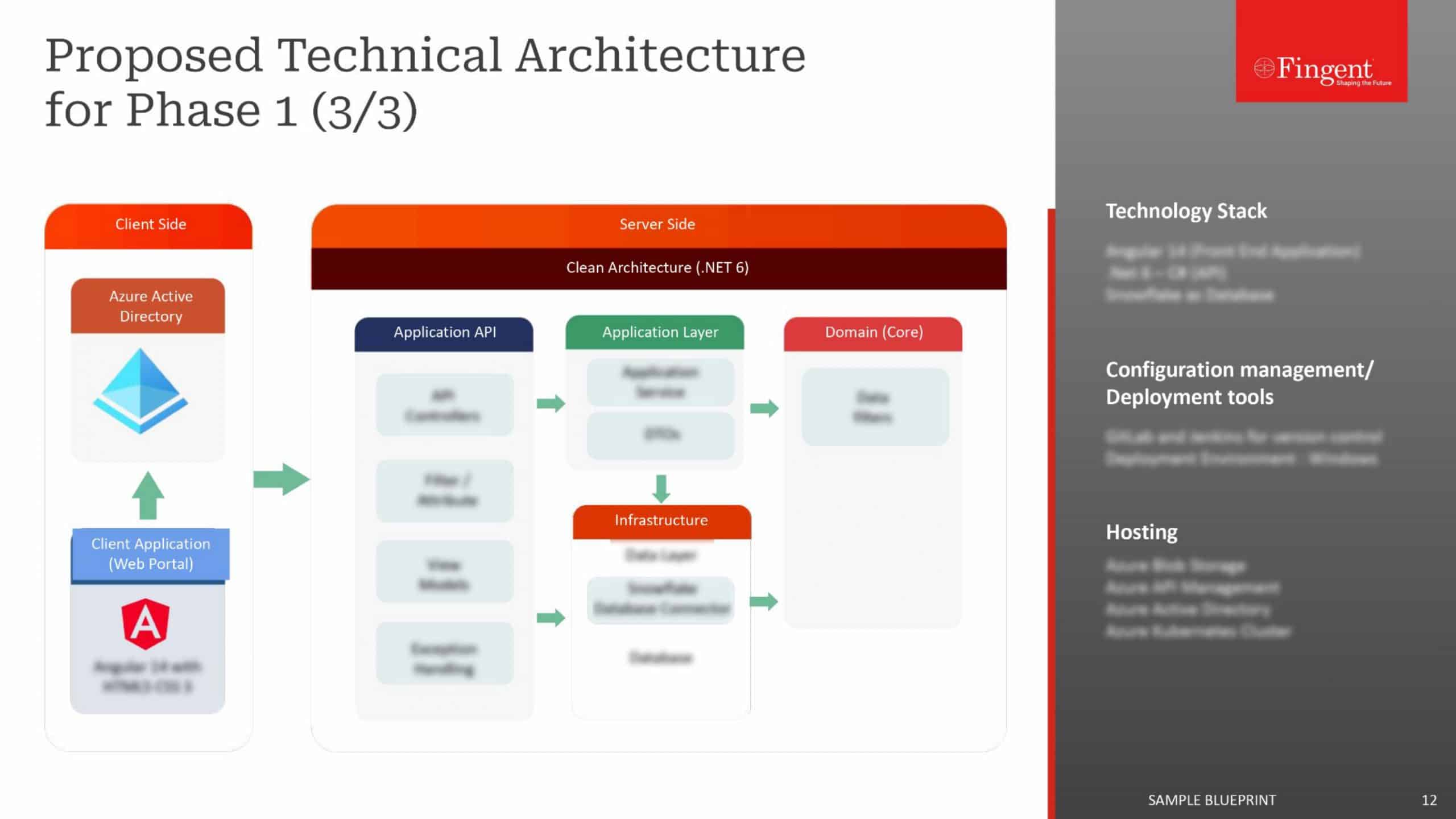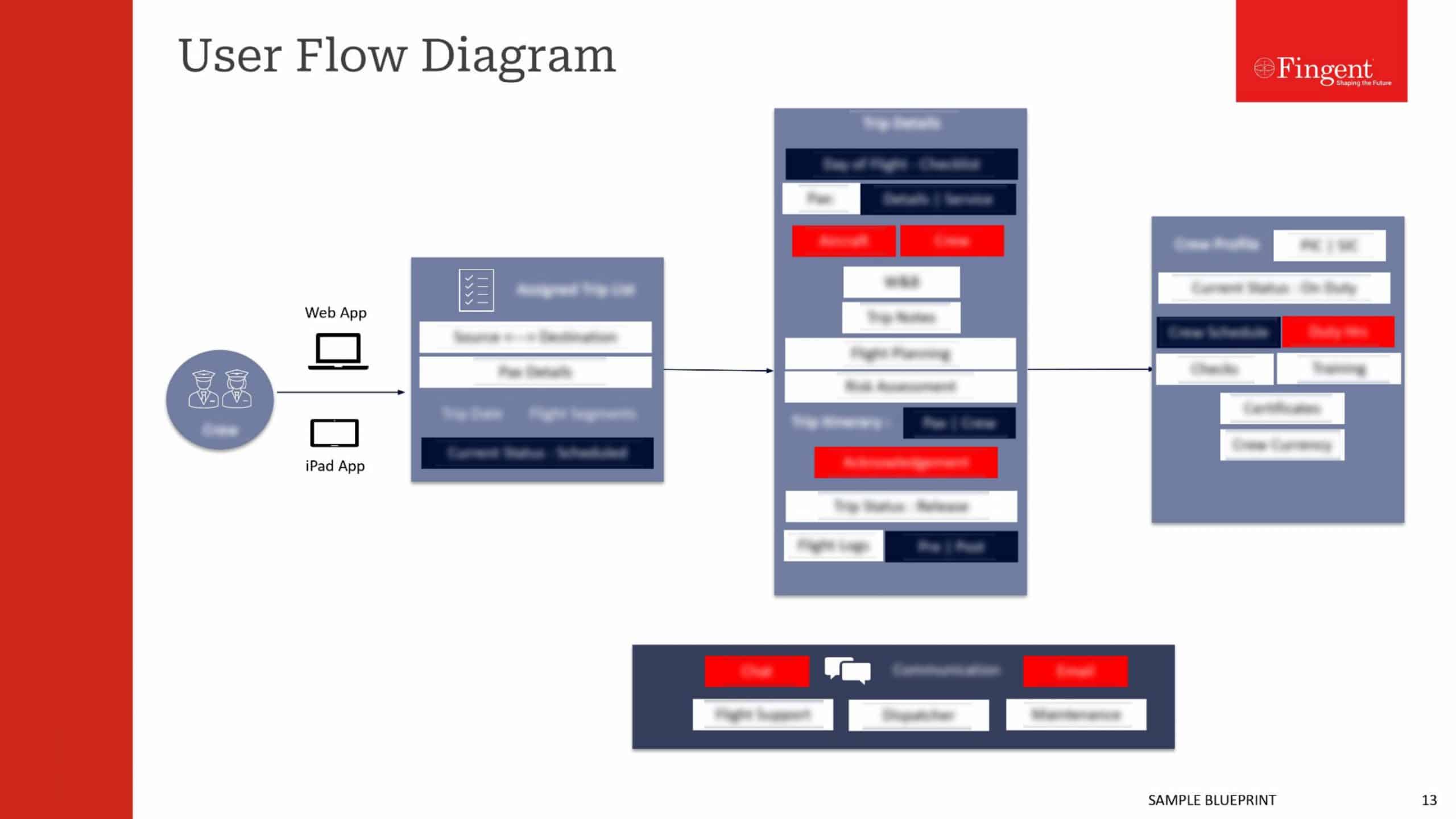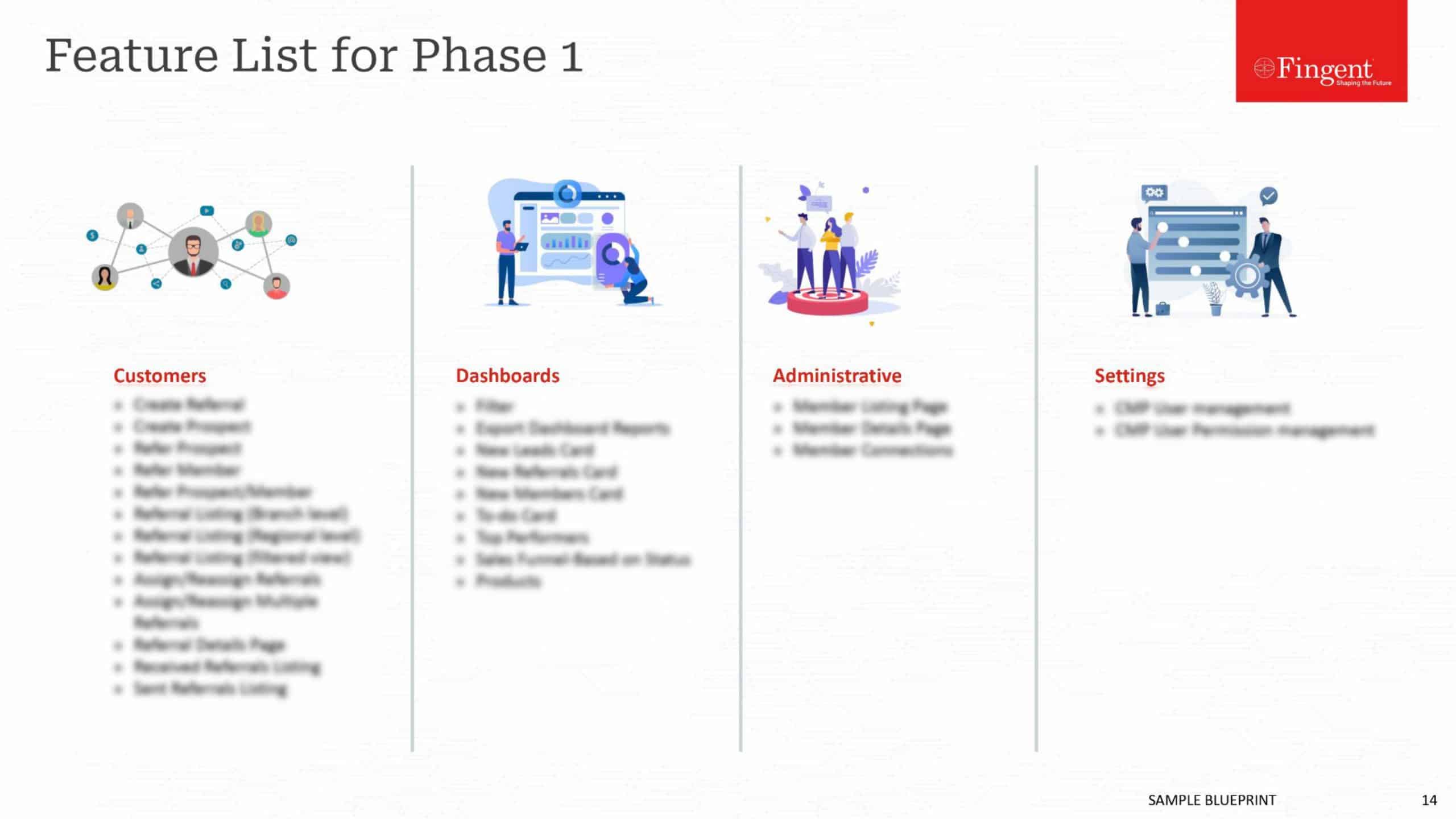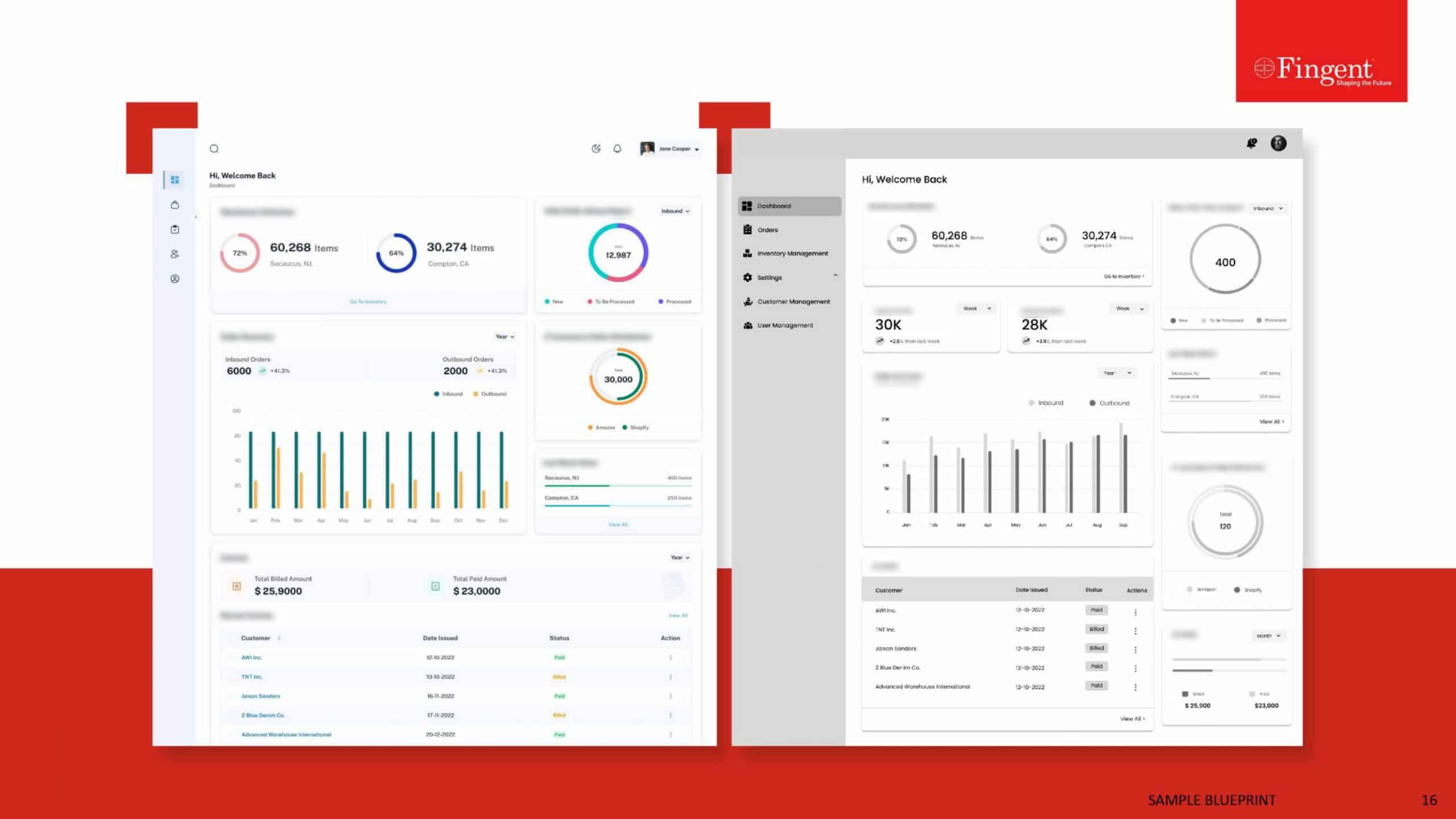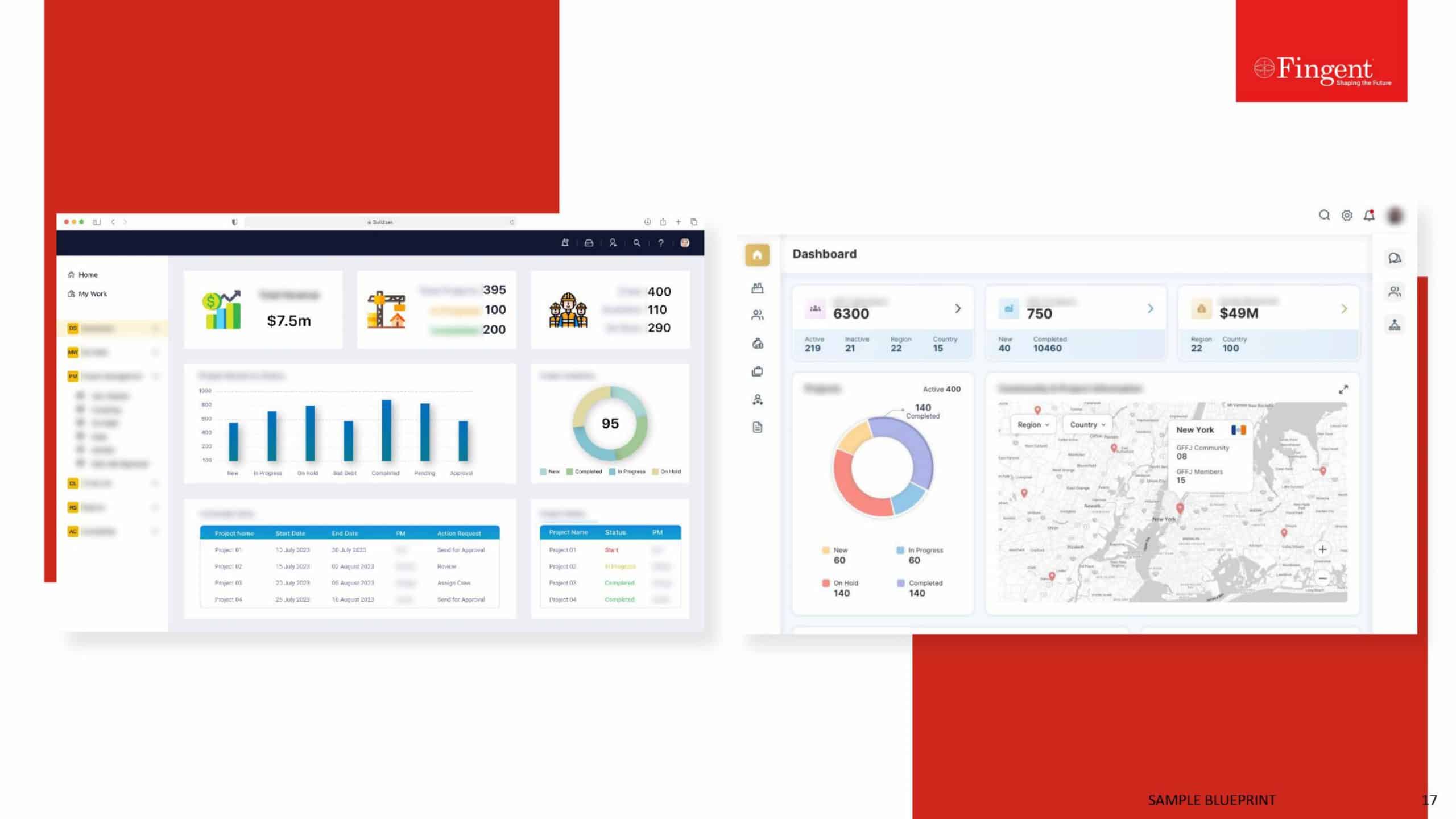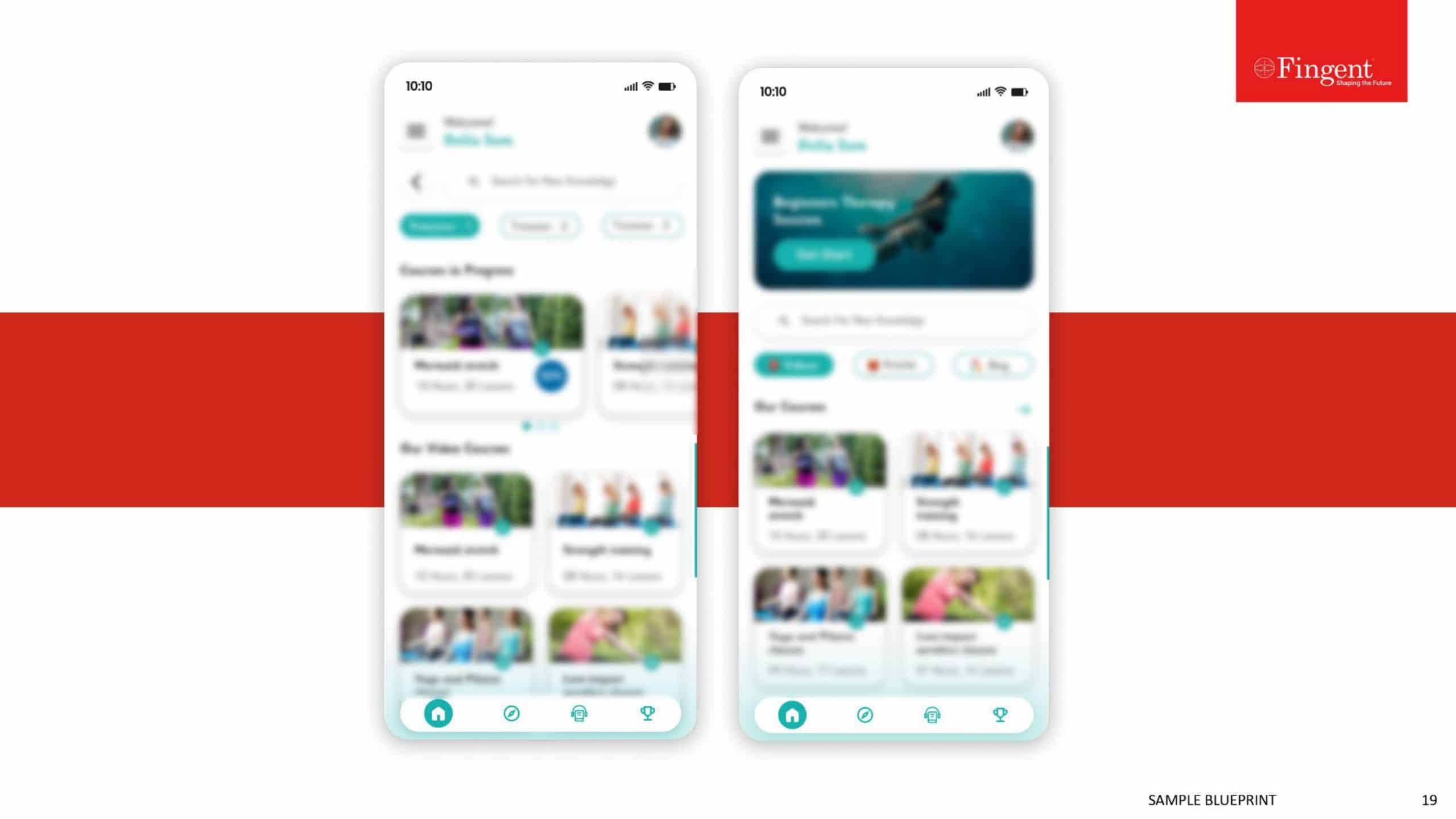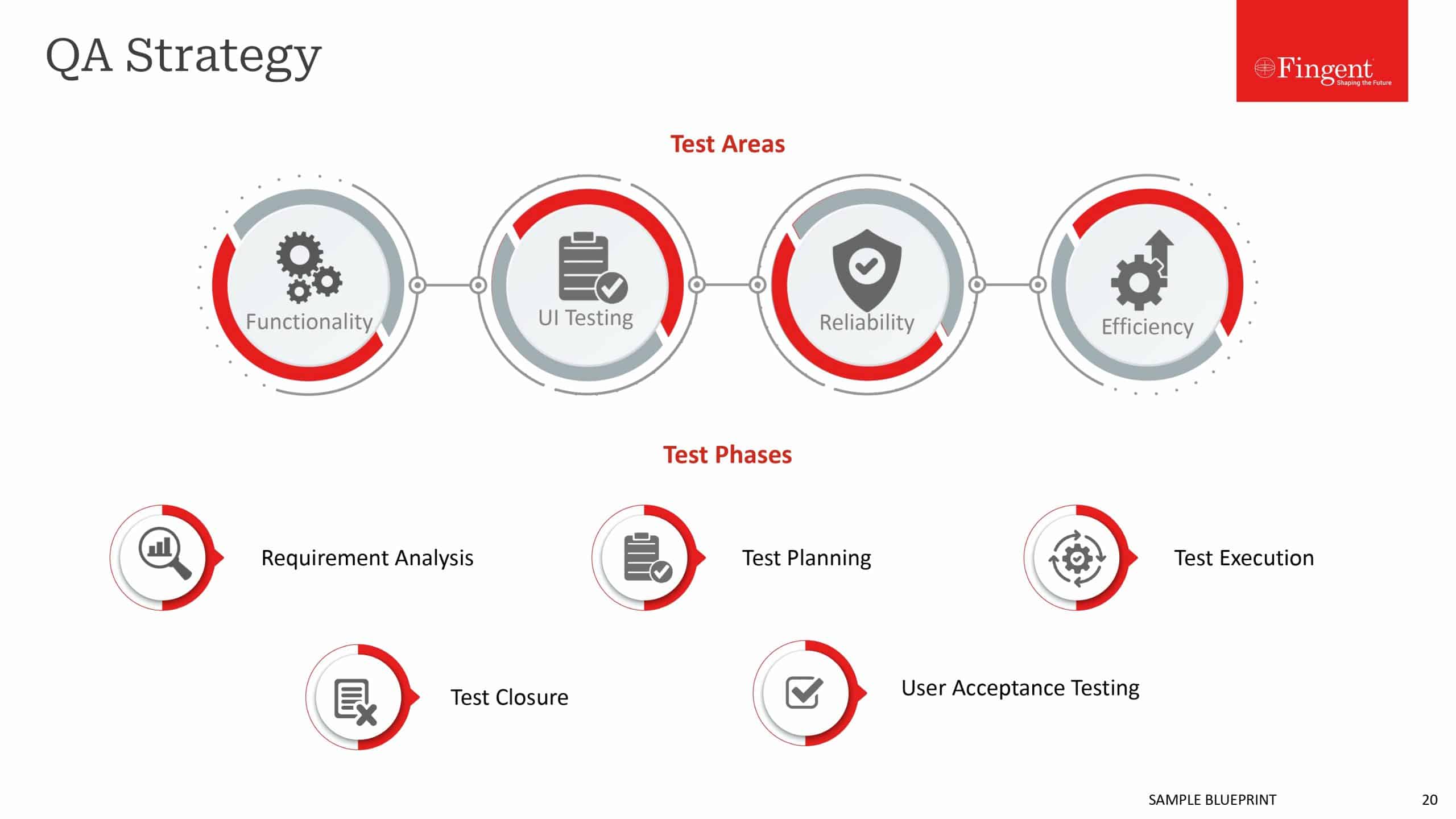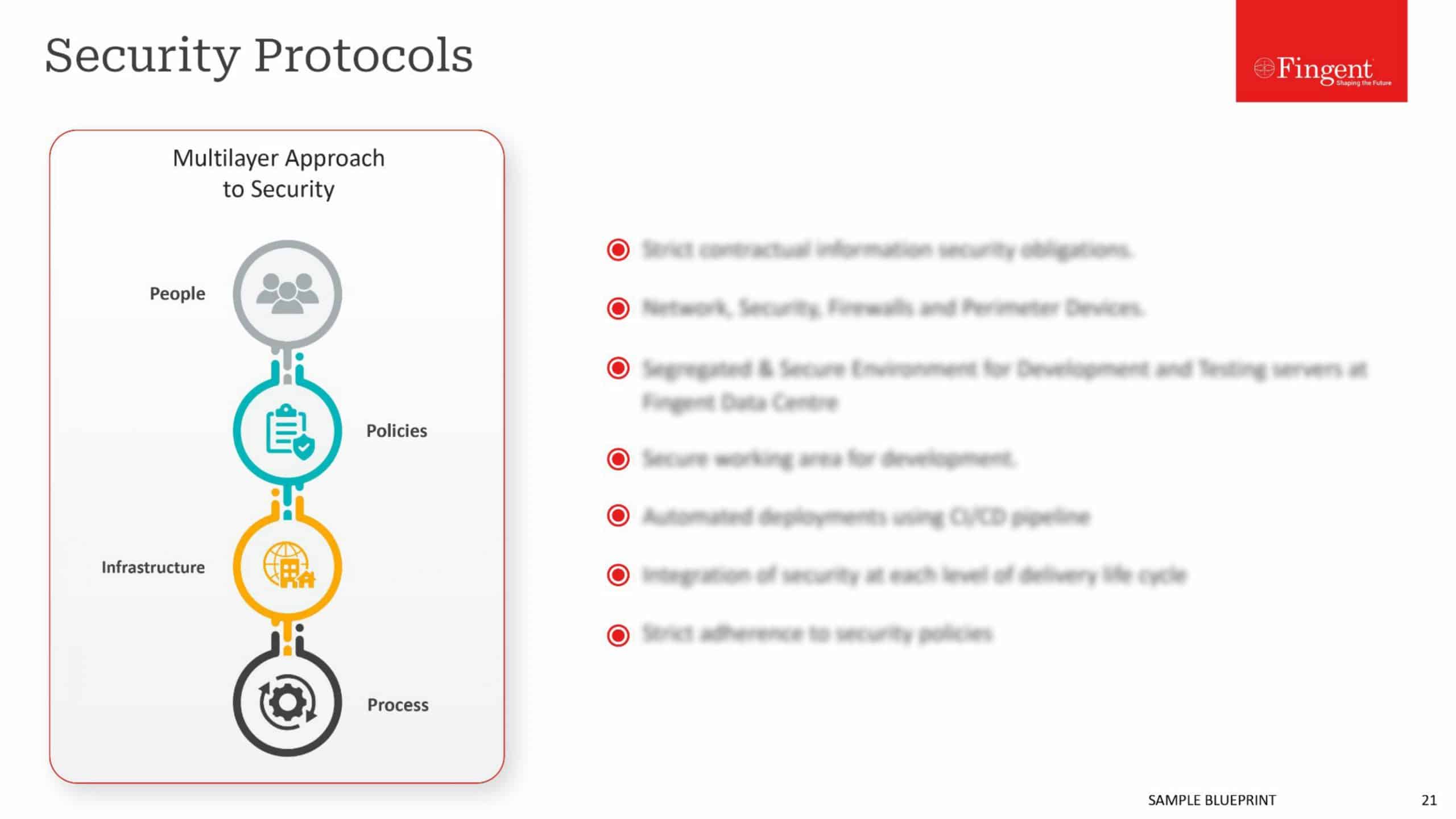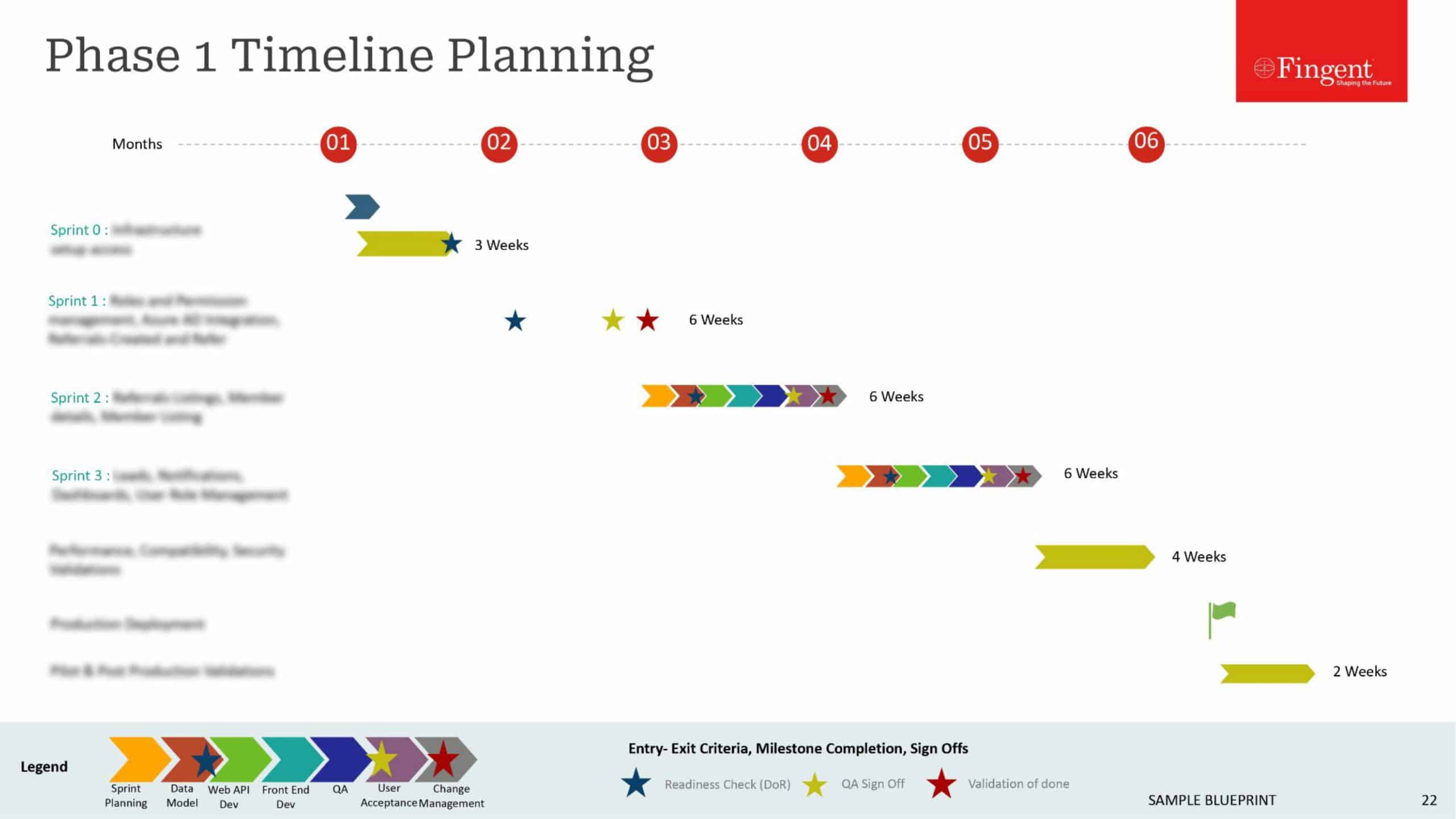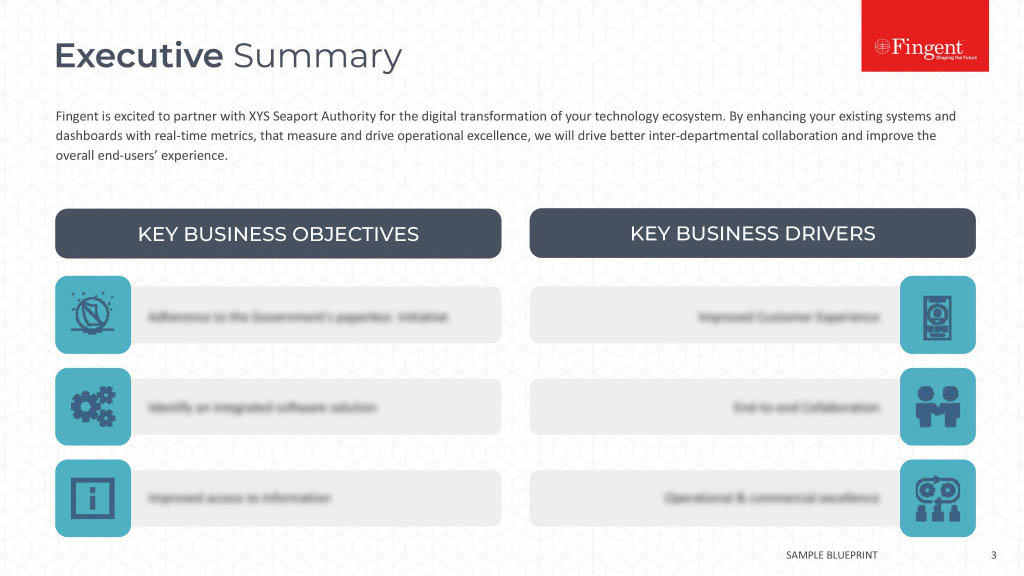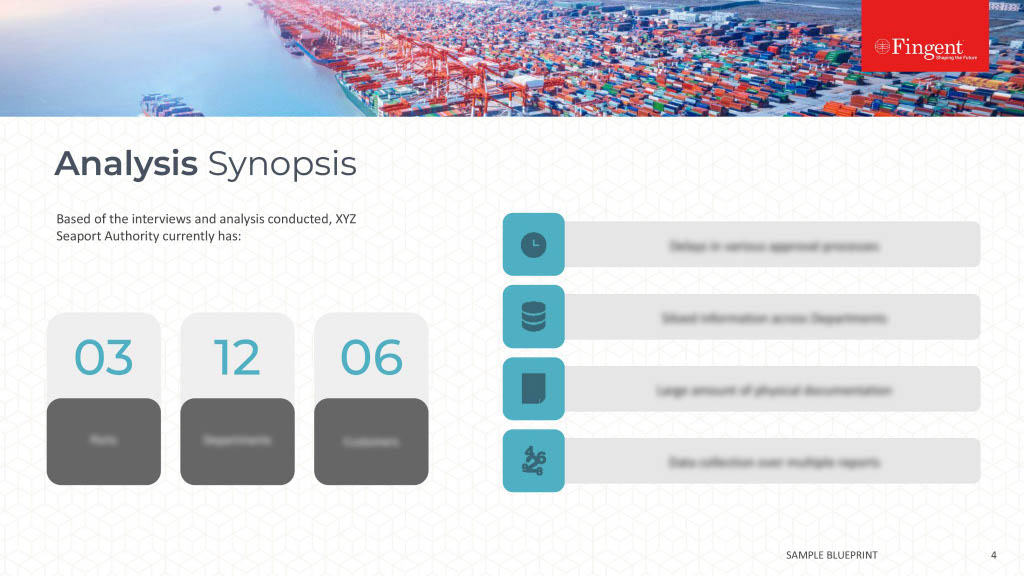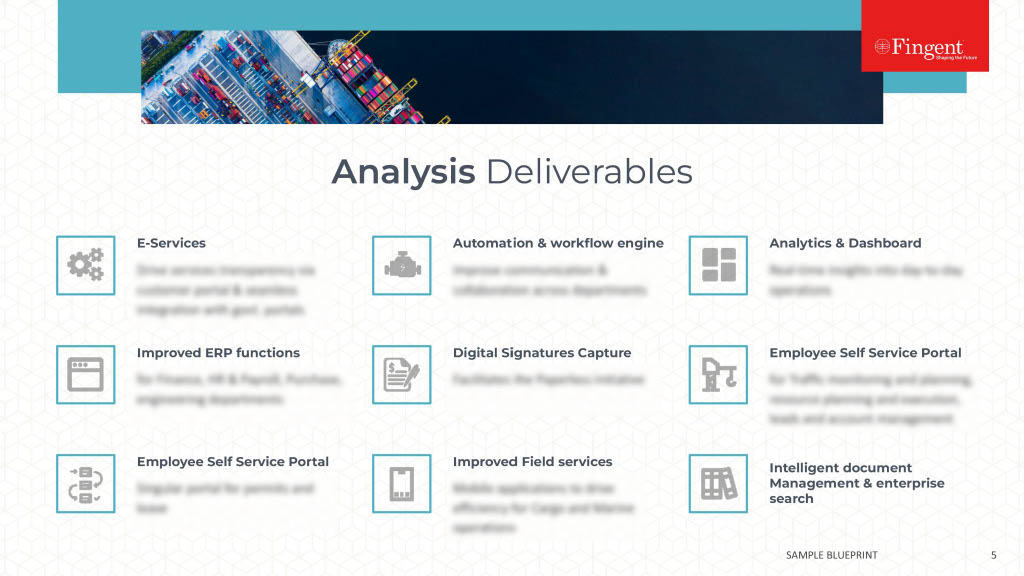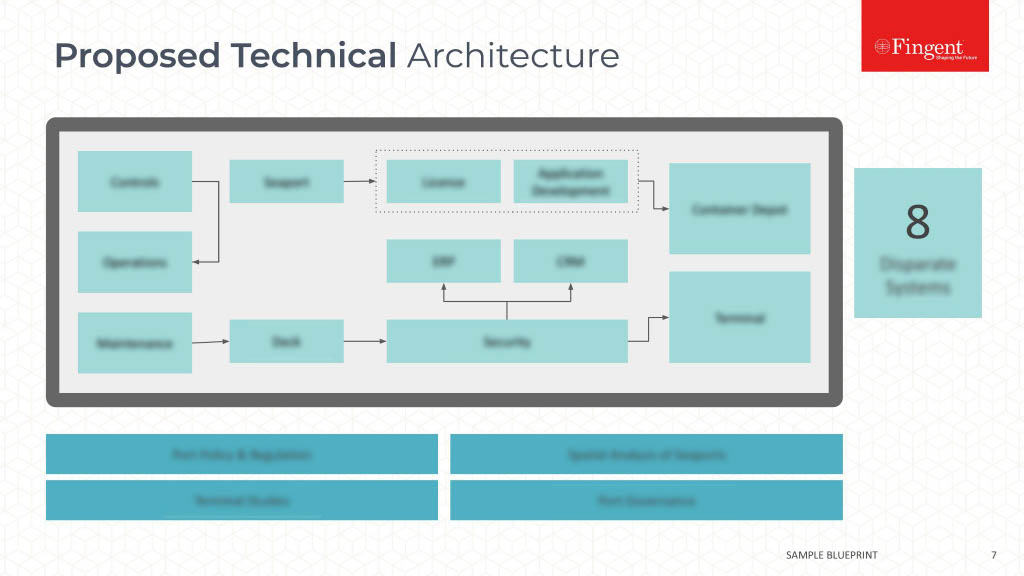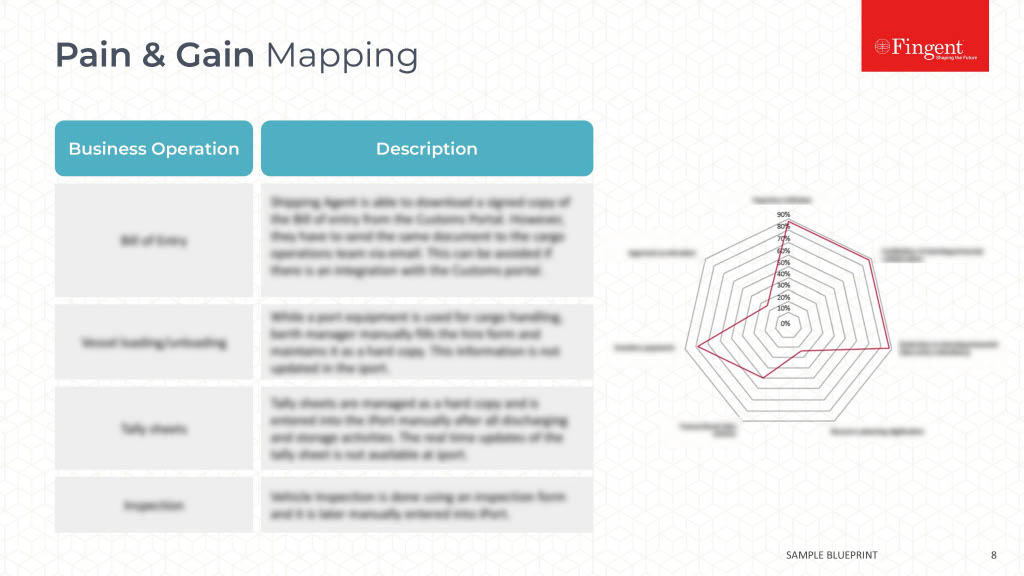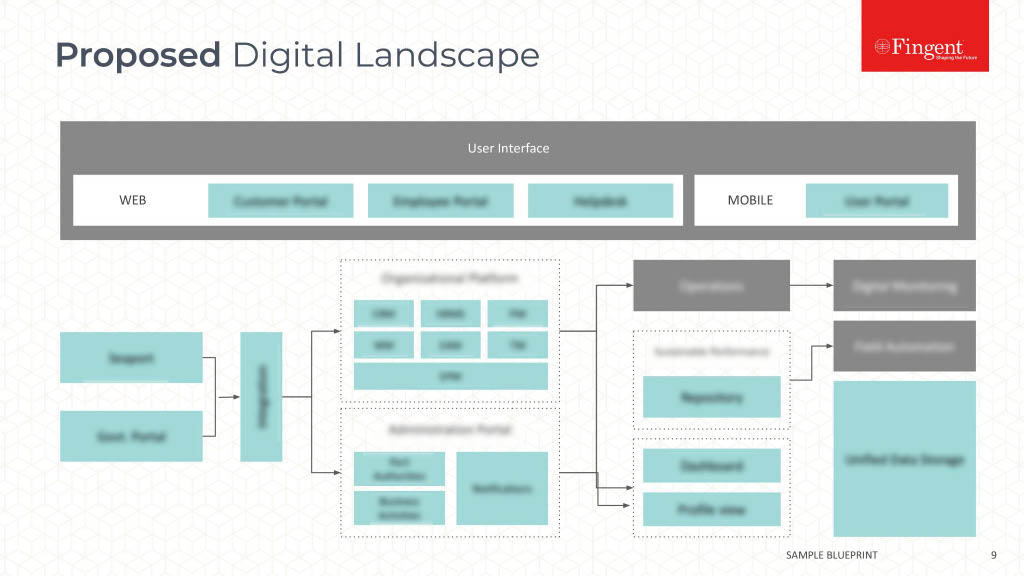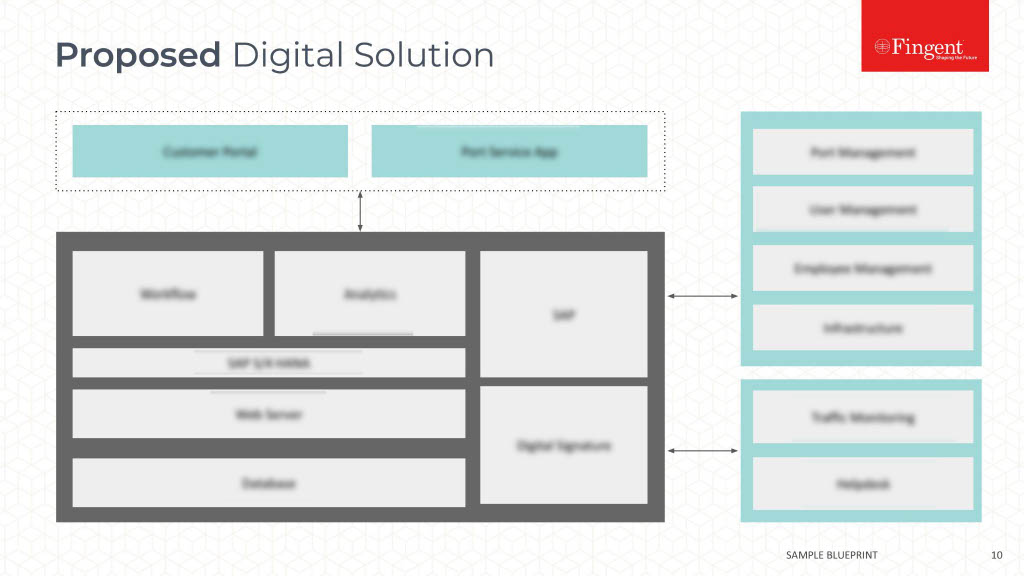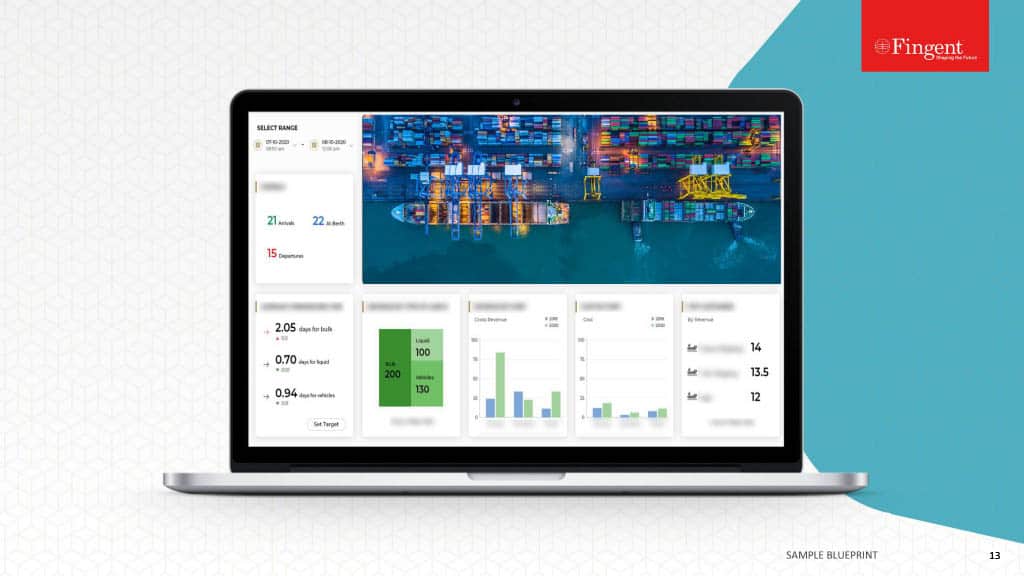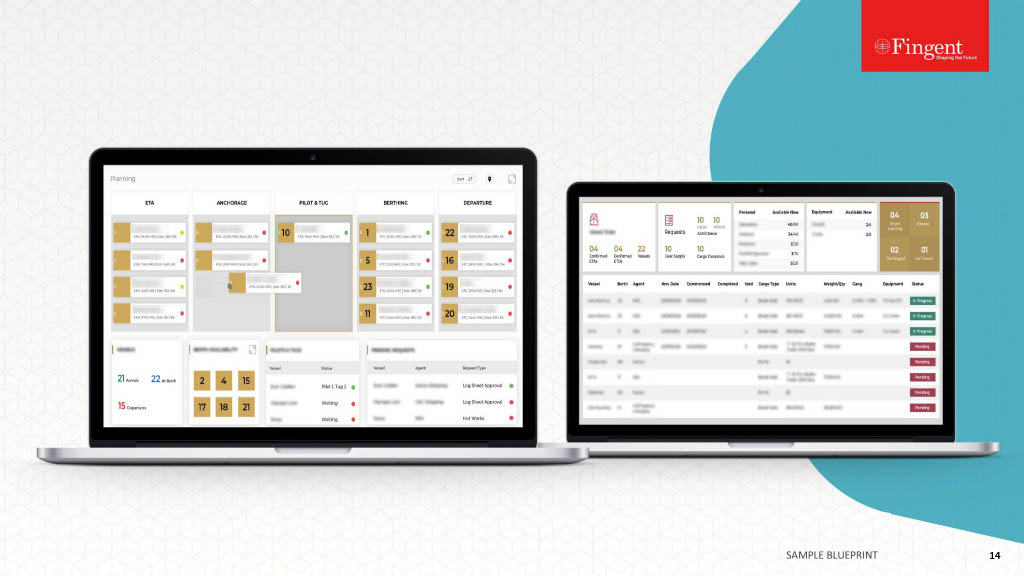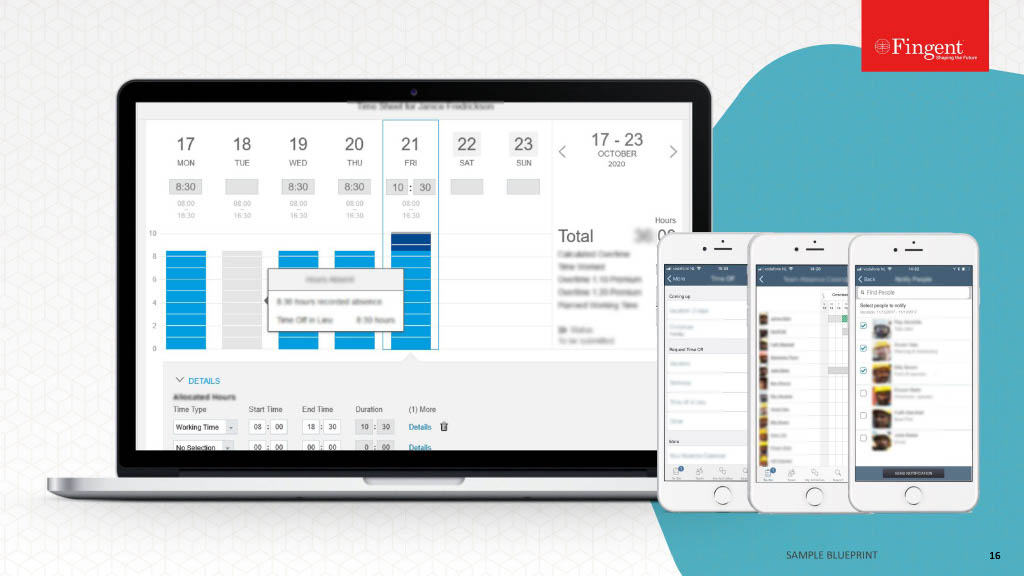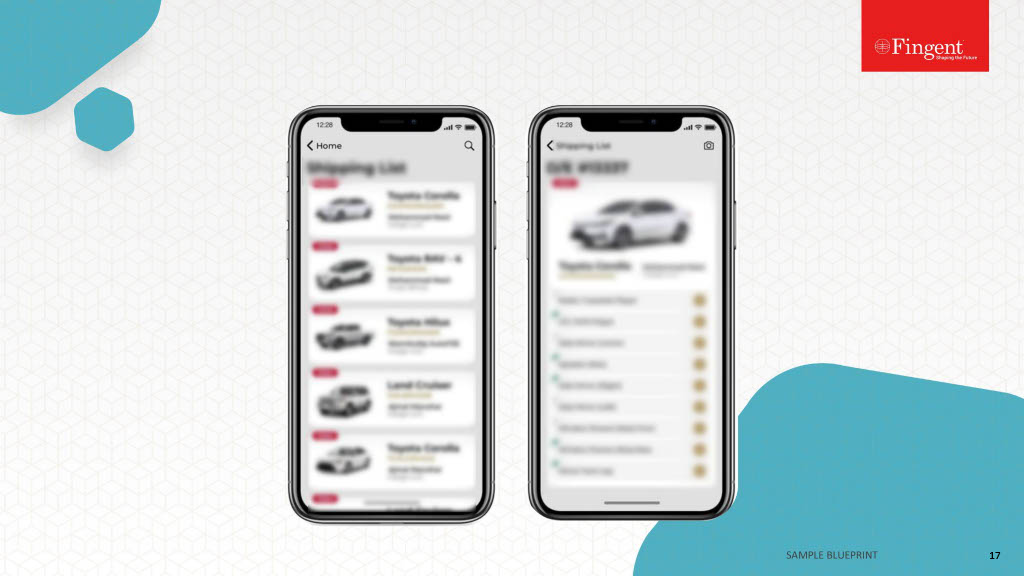Tag: cross platform mobile app tools
Frameworks are the backbone of mobile app development. They are essential to building dependable apps quickly. When choosing a framework, you can choose between native or cross-platform applications. Though both approaches have advantages, cross-platform applications work on multiple devices regardless of their operating system.
Different companies use different technologies to build and design great apps. Various company requirements have led to the emergence of four major frameworks in the market – React Native, Flutter, Ionic, and Xamarin.
If you are considering building a cross-platform application, you must understand the basics of the available frameworks and their unique strengths and features. Doing so will help you choose one that is most relevant to you. That is why we have put together this comparison. We will help you understand the key differences between Flutter, React Native, Ionic, and Xamarin.
Top 4 Characteristics to Consider While Choosing A Mobile App Framework Of 2022
The six most significant reasons to choose a cross-platform mobile development app are:
- Decreased development process
- Cost efficient
- Improved user experience
- Improved performance
- Improved quality
- Increased reach
You can determine the best mobile app framework based on the characteristics on which we can compare the four tools. Let us begin with features.
1. Features
Flutter
Flutter is the best UI toolkit that comes with fully customized widgets. Its layered architecture will ensure quick component rendering. Several popular organizations use Flutter. Its features include:
- Built-in Cupertino widgets
- Supports iOS and Android platforms
- It is comprehensive and precise
- Visuals are both appealing and engaging
- Ability to develop high-performance apps
- Rich motion APIs
Xamarin
Xamarin allows code sharing on multiple platforms. It is known to offer a development ecosystem with a back-end, API, and components. Xamarin’s’ features include:
- Faster development time
- Lesser bugs
- Best backend infrastructure
- A component store that contains cross-platform libraries, third-party libraries, and UI controls.
- Allows application indexing and deep linking
Ionic
Ionic is useful if you want to build interactive hybrid mobile and progressive web apps with cross-platform applications. It also has another lightning and powerful version called Ionic Studio that provides an easy visual development environment. Ionic’s features include:
- Fast and powerful
- Allows complete control over app building
- Allows development of both native and progressive web applications
- Easy to handle
- Allows for a single code base app building
React Native
React Native is a widely used JavaScript library that helps to develop rich apps to give the best user experience. It allows developers to create platform-specific versions of various components. React Native’s features include:
- Single codebase across multiple platforms.
- Low-code requirement.
- Declarative API for predictive UI.
- Compatible with third-party plugins.
- Supports both iOS and Android.
2. Development ease
Development of the app should be easy and should offer smooth user engagement.
- Flutter is known to provide the best. It is extremely efficient and offers great performance.
- Xamarin can be used to develop the UI. Using Xamarin.Forms to develop apps can reduce time and simplify the process.
- Ionic does not apply native elements. Instead, it applies Cordova to offer a native look and feel.
- React Native works in tandem and offers a better user experience similar to native apps.
3. Performance
Performance is a crucial factor to consider as it shows how apps will perform when different frameworks are used.
- Flutter tops all of the other apps in performance. It offers amazing speed as it uses Darts.
- Xamarin can be used to develop apps similar to native apps. It is focused on business rationale. On the other hand, Xamarin. Forms work with the concept of broad code sharing. This may decrease the performance of the code in various operations.
- Ionic does not offer performance similar to native apps. Since Ionic tools use web technologies to render the app, it tends to reduce the speed.
- React Native can be leveraged to build apps similar to native apps. It allows developers to use native modules for scripting code for complex operations.
4. Top pros and cons
Each framework has its pro and cons. Please take a closer look at them:
Flutter
React Native
Ionic
Xamarin
Read more: Top Technologies Used to Develop Mobile App
Identifying What Suits Your Project
Every situation is unique. It might turn out that your technical requirements will lead to a solution. Still, this is how you can identify what suits your project:
- Flutter is a good option if the existing tech stack no longer satisfies your needs but it should be a very careful choice for startups.
- Xamarin usually fits most projects. It might be a little tricky to have everything you want, but in the long run, you will get it.
- Ionic excels in terms of performance. If you are a beginner in cross-platform development, Ionic may be the best option.
- React Native works wonders for MVPs and projects that need heavy interactivity. However, if your project is loaded with performance-hungry features, it may be best to skip it.
How Fingent Can Be Your Right Mobile App Development Partner
As a leading custom software development company, Fingent has years of experience in developing apps using various platforms for app development. Our app development team has hands-on experience in developing iOS and Android apps. No matter how complicated your app idea is, we can help you find the best solution. Let’s get talking.
Stay up to date on what's new

Featured Blogs
Stay up to date on
what's new



Talk To Our Experts
Stay up to date on what's new

Featured Blogs
Stay up to date on
what's new



Talk To Our Experts
The proliferation of smartphones of various hues has made the mobile ecosystem hopelessly fragmented. Cross platform mobile application development is the in-thing now, as developing a native app for each platform is both time-consuming and resource crunching. At the bare minimum, a new app has to be compatible with and available on Google Play, iTunes and Windows, the three major mobile platforms, and this basically entails reinventing the wheel three times over.
Building a cross platform mobile app, however, is not easy, owing to the differences in the programming language, event model, UI model, and resource models. HTML5 emerged as the bright new hope at the turn of the decade, but flattered to deceive, often creating data integrity, security, and syncing issues.
The following are ten popular cross-platform mobile application development tools that gained centre stage in 2016, not ranked in any particular order.
1. Xamarin
Microsoft’s Xamarin is the most powerful and robust among the several cross-platform application development tools in vogue. It enables developers to build applications for different operating systems, using a single programming language, code base, and class library.
With its C# codebase, Xamarin allows developers to roll out Android, iOS and Windows apps without duplicating the effort. Xamarin comes equipped with a rich set of features, such as Lambda Expressions, Dynamic programming, LINQ, and a wide range of new .NET APIs. It has added F# of late, as well. These features allow developers to share a lot of the app logic between platforms, drastically reducing time to market compared to building native UIs for each platform.
Xamarin supports both Model-View-Controller (MVC) and Model View ViewModel (MVVM) patterns. The MVC pattern allows developers to keep application logic and presentation separate, and modify, test, update, and maintain application code easily. The MVVM pattern allows programmers to reuse the code base to create other projects. Users need to chalk out platform specific code only for the UI, with the option to reuse all other code. The clients get a fluid performance of native apps without maintaining multiple code bases. Xamarin also offers a cloud service, facilitating the testing of any number of devices.
Custom plug-ins that may be compiled easily further promote reuse. Xamarin Forms allow developers to achieve 96% reusability on their projects.
2. Kinvey
Kinvey works on a cloud backed model, with HTML5 as the base. The suite Integration with Gizmox’s Visual WebGui HTML5 platform allow developers to roll out the apps developed under HTML5 using C# or VB.NET, and Visual Studio, thereby offering a solution to the security and other technical challenges that deploying cross-platform HTML5 poses. The app facilitates simple, fast-paced agile app development.
3. Xojo
Xojo positions itself on offering a simple way to create cross-platform apps, not just for mobile platforms such as Android and iOS, but also desktop apps for Windows, Linux, and OS X, and for Raspberry Pi as well.
The Xojo development tool allows developers to create a single code base and compiles the developed apps as native executables for the required platform. The powerful code editor and an intuitive drag and drop option make the task of developing apps very easy. The Xojo backend does all the work, and infuse the new apps with controls familiar to the platform, giving it the look and feel of an app developed on the native platform.
4. Appcelerator
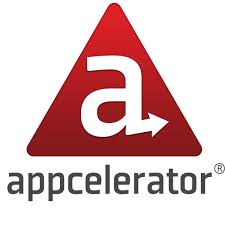
5. Mag+
The Mag+ app SDK is highly preferred in the print industry, for catalogs, magazines, and other marketing collateral. The app offers core components for each platform, and allow developers to build atop these components. It is even possible to roll out simple cross-platform apps in double quick time, without any coding.
6. Corona Labs
Corona is popular in the gaming industry, to develop cross-platform 2D graphics games app and educational apps. Corona adopts the powerful and flexible Lua programming language, which is written in C. Corona SDK generates instant results, as soon as the developers write the code. The SDK allows setting up prototypes in double quick time, with minimal code, accelerating time to market.
7. Cocos2D
Cocos2D is a set of frameworks that allow publishing to different mobile platforms, and even desktops from a single code base. Additionally, it offers the flexibility to code in C++, JavaScript, C#, objective C, and a few other languages.
Cocos2D is open source and mostly used to develop cross-platform games and animated content.
8. MobinCube
MobinCube offers a series of templates with drag-and-drop functionality, allowing users to roll out apps on the fly. The simple and easy non-code methodology allow even ordinary, non-technical users to develop apps that work across platforms.
9. Dropsource
Dropsource is a browser based app builder, offering automated solutions for creating Android and iOS apps. The editor offers easy drag and drop interface, connect apps with any RESTful API, and an integrated development environment to customise the source code.
10. BiznessApps
BiznessApps thrives on offering simple solutions to small businesses who want to get basic apps running without hassles. It facilitates developing cross platform apps and mobile websites, through drag-and-drop development and automated submission to the app store, without the need for coding. There are a host of value added features such as seamless integration with third-party systems, rich analytical insights, and more, on offer.
The many cross-platform application development tools on offer are all easily within reach, and the possibilities endless. However, you still have to develop the apps, and make sure to get the UX, the overriding concept and other crucial ingredients right. When you partner with us for your cross-platform mobile application development, you gain from our vast expertise and our highly skilled talent pool, who are seasoned in developing hundreds of cross-platform apps, for all purposes, and for all sectors.
Stay up to date on what's new

Featured Blogs
Stay up to date on
what's new

















